
Best Software Development Tools In 2024
There are several factors to consider when developing software. Even before you begin putting the little pieces together, this is a significant decision. There are many other factors to consider in addition to that, but selecting the best software development tool will take up most of your time. Modern technology is advancing at such a rapid pace that selecting a tool that can keep up with these developments is essential. It must also offer state-of-the-art solutions and applications. You will learn about some cutting-edge software development technologies in 2024 from this blog.
List of Best Software Development Tools
Embarking on a successful software development journey requires a toolkit of reliable and efficient tools. This compilation explores essential resources, offering solutions for coding, collaboration, and automation. Whether you're a seasoned developer or just diving into the coding realm, this list provides a comprehensive guide to the must-have tools that streamline and enhance the software development process.
1. GitHub
GitHub takes its commitment to high-quality coding and robust iteration support. It has an easy documentation integration beyond code hosting and allows users to seamlessly host documents directly from repositories. The platform’s automated issue tracking ensures efficient problem resolution with its collaborative environment to promote excellence in code creation. GitHub stands still as an indispensable tool for providing a unified space for comprehensive project management that enhances the overall development experience.
2. Jira
Jira, a cornerstone in modern software development, excels in supporting the Agile methodology and offers a comprehensive suite of features tailored for DevOps integration. With its user-friendly and modern interface, Jira enhances collaboration and project management efficiency. The platform's robust support for Agile practices facilitates seamless project planning, tracking, and delivery. Jira's intuitive interface streamlines the development process, making it easy for teams to adapt and excel in their projects. Whether you're embracing Agile methodologies or seeking a user-friendly interface for your DevOps workflows, Jira stands out as an indispensable tool, providing a versatile and powerful solution for the ever-evolving demands of software development.
3. Azure
Azure eliminates the traditional boundaries of software development by seamlessly connecting through development, design, client engagement, and business objectives. It is a user-friendly approach that features drag-and-drop functions and no-code browser-based prototypes for accelerating the development cycle and empowers teams to focus on innovation. With Azure’s built-in widgets for wireframing and prototyping, the software development journey becomes easier with a synergistic fusion of creativity and functionality. Altogether this feature drives success in every phase of the development lifecycle.
4. Linx
Linx is a powerful low-code developer platform that reshapes the landscape of software development by seamlessly integrating product lifecycle management. It focuses on efficiency and offers robust document management and sharing capabilities. It also ensures a streamlined collaboration and easy access to essential project information. The platform has an inclusion of script and database services that enhance its versatility by providing developers with all the tools required for building a scalable and efficient solution.
5. Bitbucket
Bitbucket stays forward by fostering collaboration with its in-built CI/CD pipeline, robust code review capabilities, automated security scans, and much more. This is a tool that streamlines your development workflows to ensure efficiency, constructive feedback, and early identification of possible vulnerabilities. Bitbucket emerges as an invaluable asset in software development to provide an integrated solution for teams to enhance collaboration, automate processes, and maintain code integrity with security throughout their projects.
6. Kwatee
Kwatee excels in automating deployments across servers with its user-friendly interface and broad operating system support that empowers developers with an effortless scaling of applications and microservices. This dynamic tool streamlines the deployment of processes but also enhances the overall project management efficiency. In modern software development, Kwatee is a crucial asset that seamlessly combines versatility, automation, and a user-friendly design to meet the demands of scalable and efficient deployments.
7. Vim
Vim integrates itself with VS code to enhance code editing with a robust debugging mode. It supports hundreds of programming languages with its extensive versatility. With its plugin system, you can allow a tailored functionality to ensure flexibility in project development. Vim stays quick and responsive by providing an efficient coding experience. In essence, Vim is a versatile tool that empowers developers to customize their environment, debug effectively, and work with various languages effortlessly.
8. Jenkins
Jenkins is an automation server in software development that streamlines workflows with robust and continuous integration and continuous delivery tools. It has a user-friendly setup and high extensibility with plugins offering flexibility to diverse project needs. Jenkins distributes itself across platforms fostering collaboration in a versatile development environment. It has a notable benefit that is freely available to download, making it a cost-effective and accessible solution for streamlined software development processes.
9. AWS Cloud9
AWS Cloud9 is Amazon’s cloud-based IDE that streamlines software development by enabling coding, running, and debugging directly on the browser. The best part is that it is integrated with the AWS ecosystem and facilitates complex software creation with ease. This built-in terminal grants sudo privileges to Linux servers that enhance flexibility. You will be amazed by its feature of supporting major programming languages like Cloud9 which accommodates diverse development requirements. With this cloud-based accessibility and robust features, AWS Cloud9 provides a seamless and collaborative environment for efficient software development.
10. Collaborator
Collaborator is a standout tool in the software development realm that brings a wealth of benefits to the code review process. It has comprehensive review capabilities that collaborators ensure a thorough and efficient evaluation of code, by fostering a culture of collaboration and quality assurance within the development teams. The platform goes beyond supporting 11 version control tools to provide flexibility and adaptability in various workflows. The best feature is it's multiple customization opinions which you can customize according to your flexibility by allowing teams to tailor the code review process for their specific needs. In essence, collaborator stands out to review experience and promote a collaborative and customizable approach in software quality assurance.
11. Ansible
Ansible is an open-source automated tool that empowers software development with a flexible and customizable feature. It streamlines IT tasks through user-defined and rule-based constructs that seamlessly navigate by integrating CI/CD pipelines for efficient build, test, and deployment automation. Notably, ansible stands out for its easy setup and configuration that provides developers with a user-friendly experience. This dynamic tool is a most important aspect of modern software development that offers streamlined automation and adaptability on diverse tasks that ultimately enhance the overall efficiency of development workflows.
12. Bootstrap
This is an amazing tool because of its integration with top-tier software development tools that seamlessly integrate with Java, CSS, and HTML to make it the go-to choice for developers. This open-source JavaScript library is empowered by Bootstrap to provide client-side development with its pre-built components that expedite the process. Notably, its focus on mobile-first development ensures optimal performance across devices. Bootstrap has a streamlined toolkit for efficient, responsive, and visually appealing web applications.
Factors for Deciding on the Right Software Development Tools
Choosing the perfect software development tool is a critical decision that involves compatibility, ease of use, scalability, cost-effectiveness, and collaboration support. The chosen tool needs to align precisely with your project objectives that offer a user-friendly interface, scale evolving needs, and fit into the budget constraints. Moreover, with its robust collaboration features including efficient version control and a seamless development process. With thoughtful consideration of these factors, you can ensure an optimal tool selection that contributes to increased efficiency and project success.
The dynamic and rapidly evolving field of software development demands careful consideration when selecting tools. The highlighted technologies underscore the importance of compatibility, scalability, cost-effectiveness, and collaboration support. Each tool showcased offers unique strengths, reflecting the diverse and innovative landscape of the industry. The key to success lies in choosing tools that align precisely with project objectives, ensuring adaptability and efficiency in the ever-changing realm of software development. By embracing these considerations, developers can navigate challenges, foster collaboration, and propel their projects toward success in this ever-evolving digital era.
You can also visit related blogs:




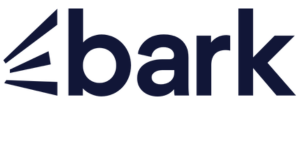


















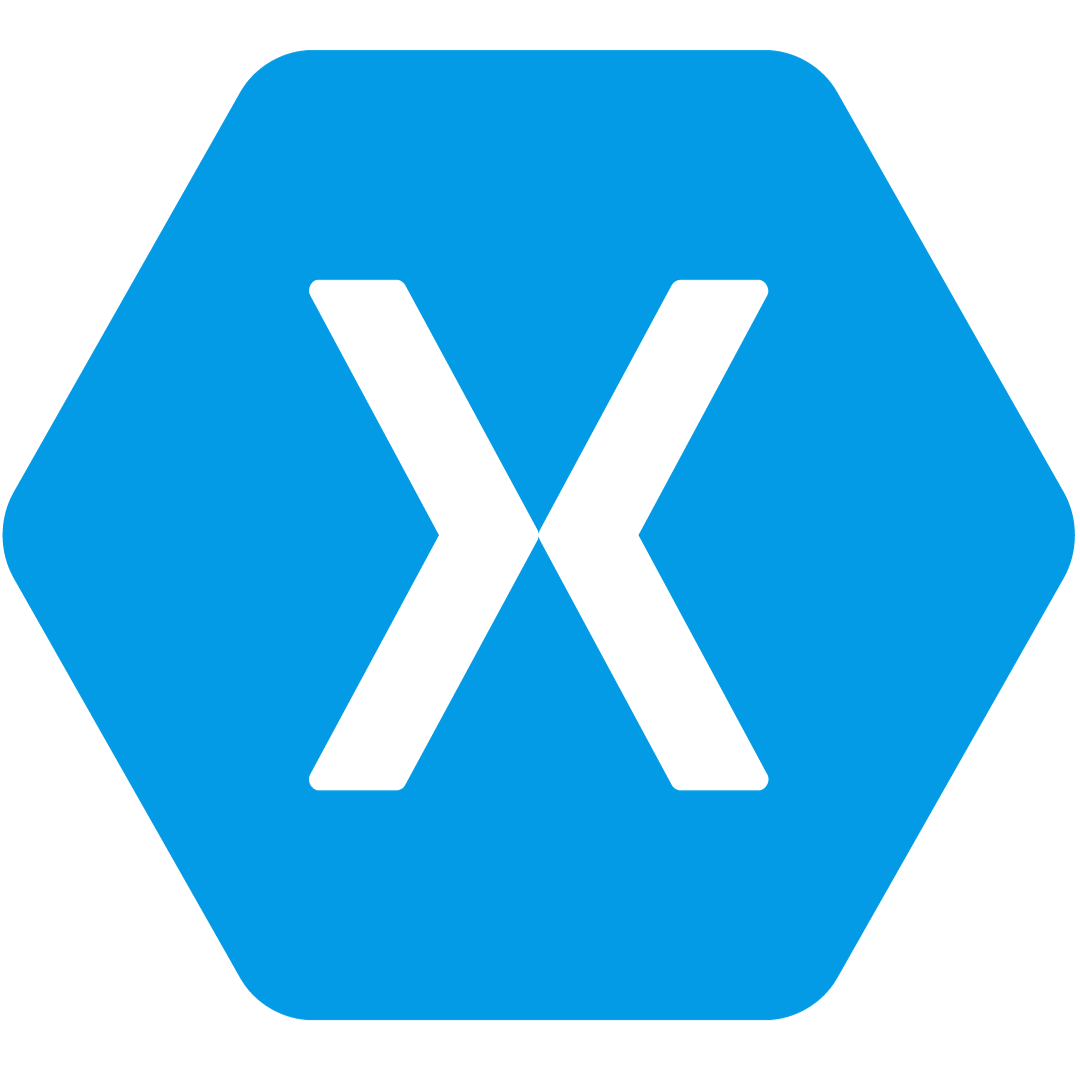







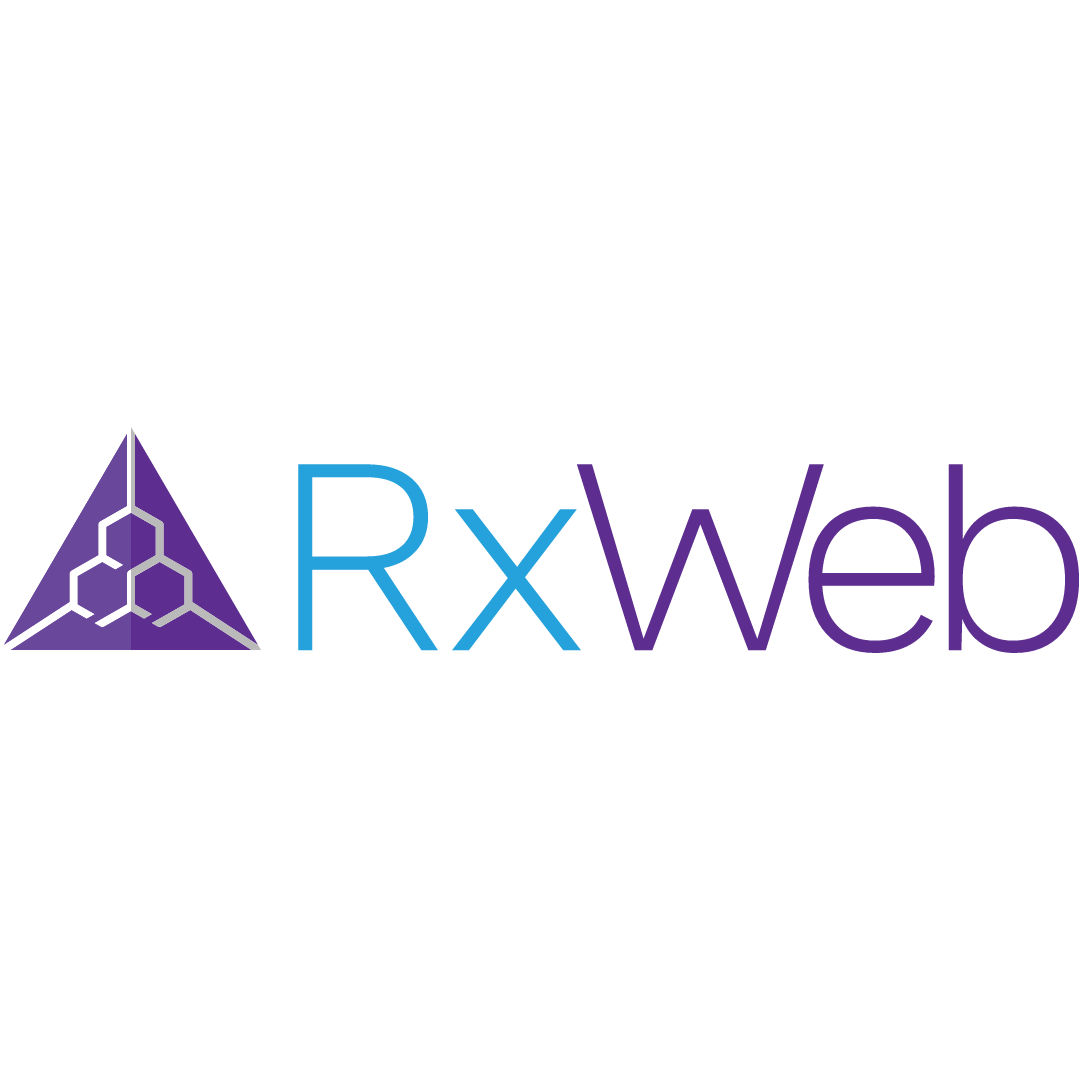



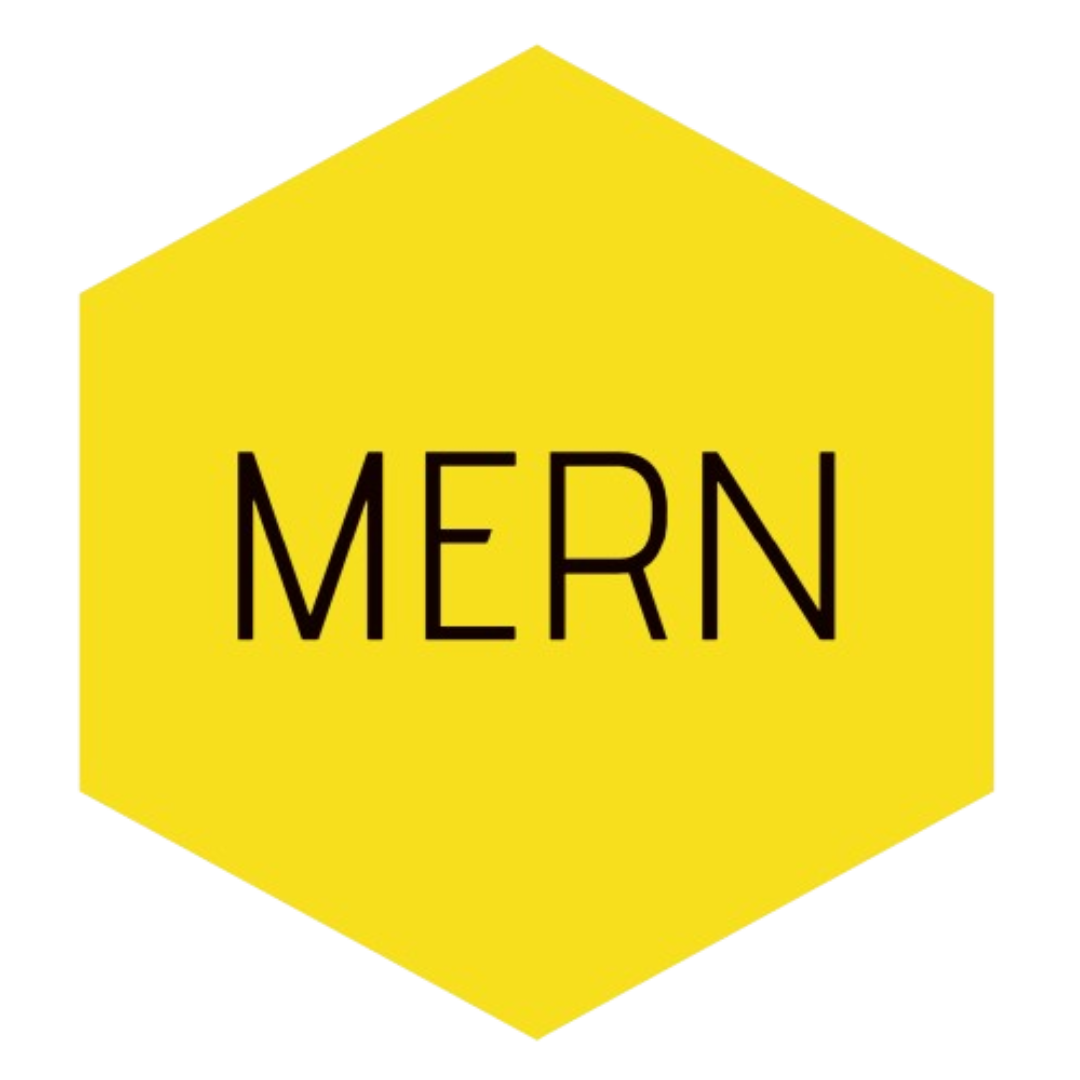









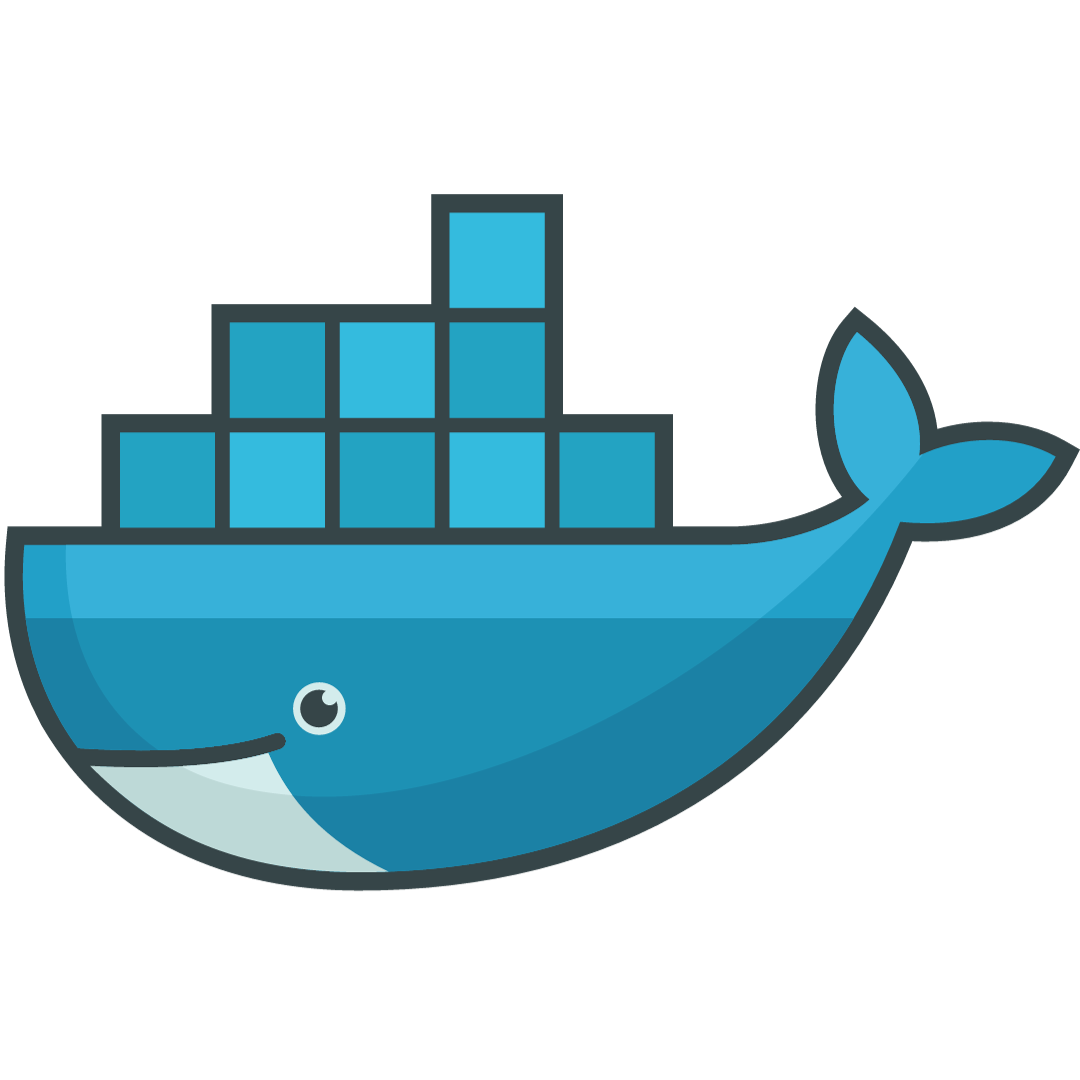

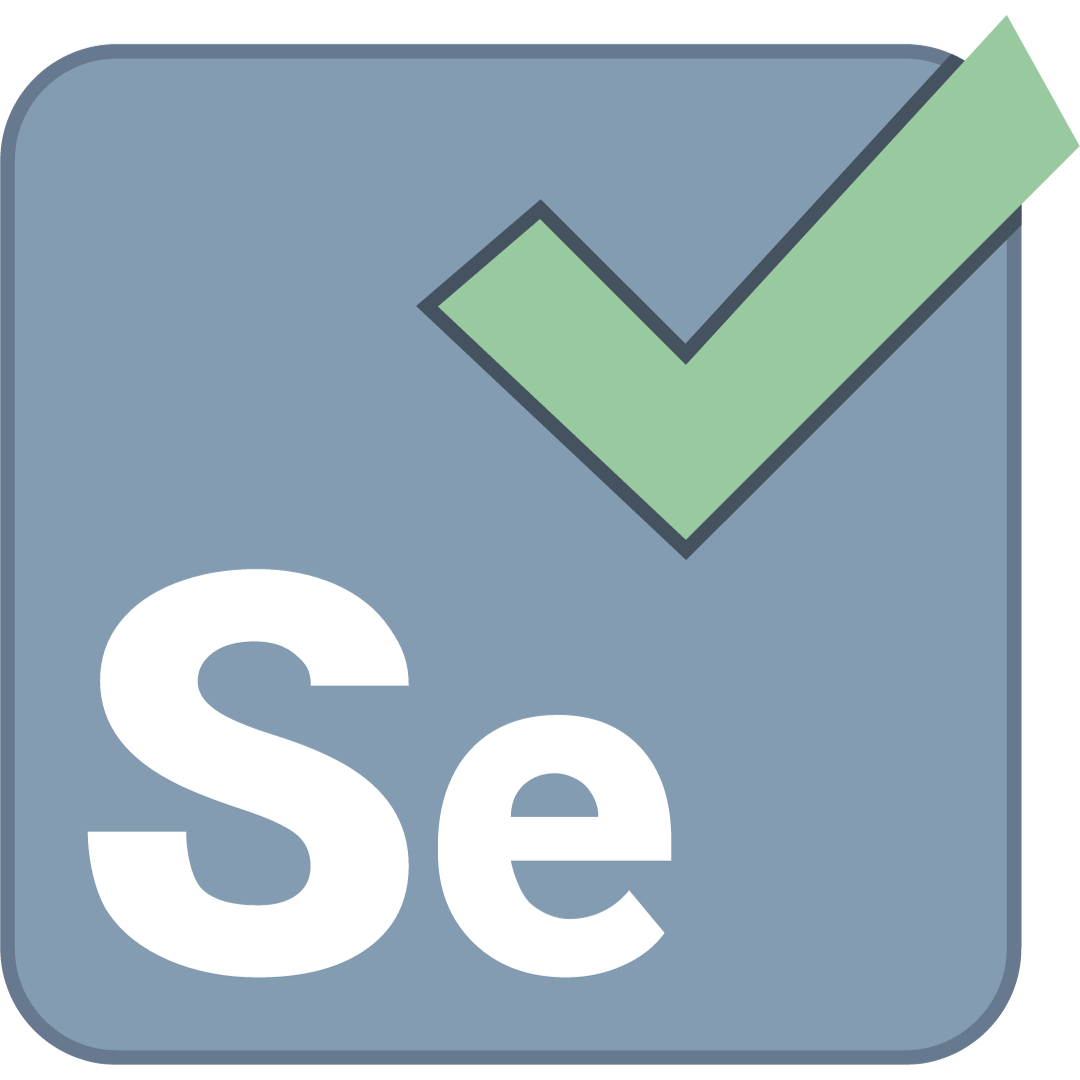









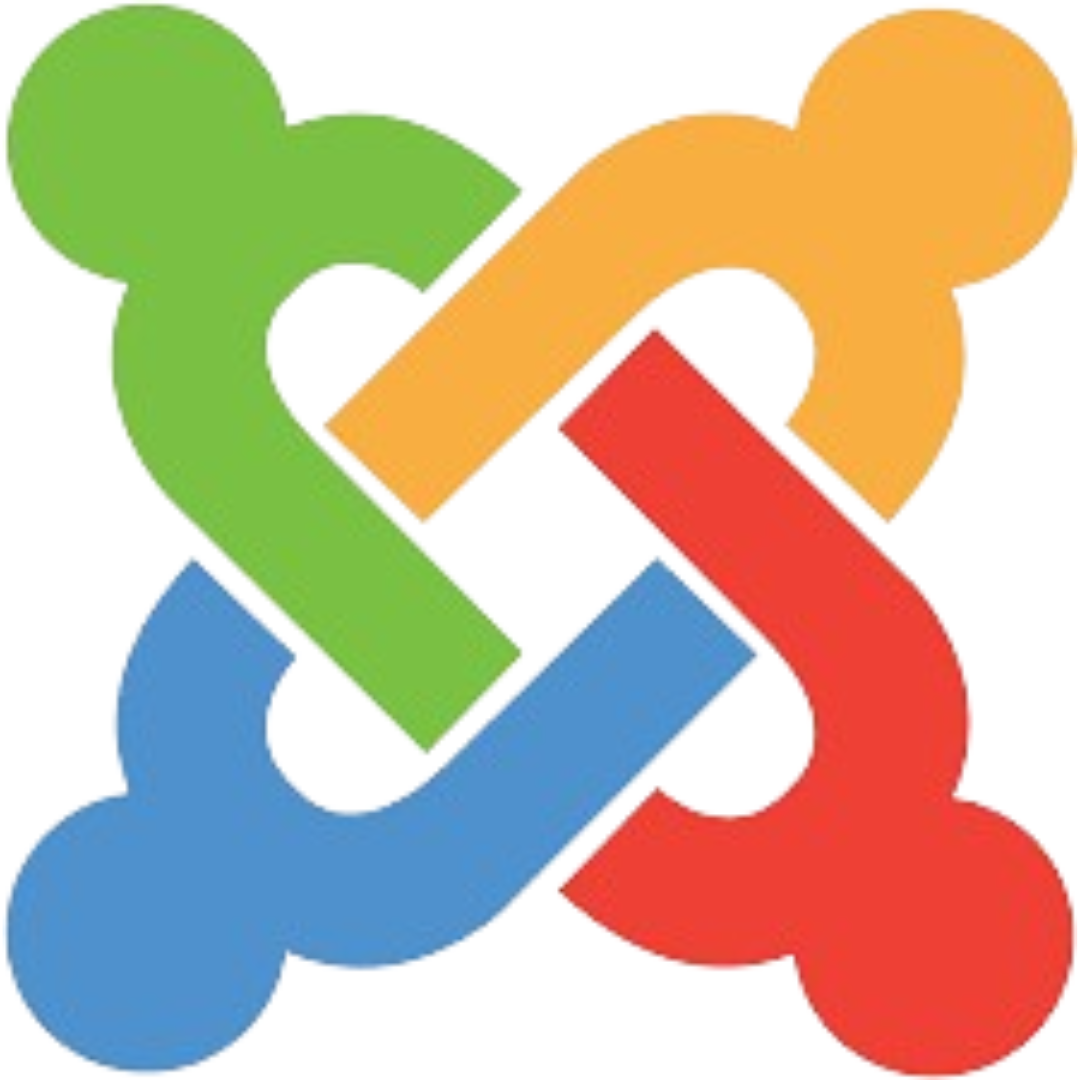

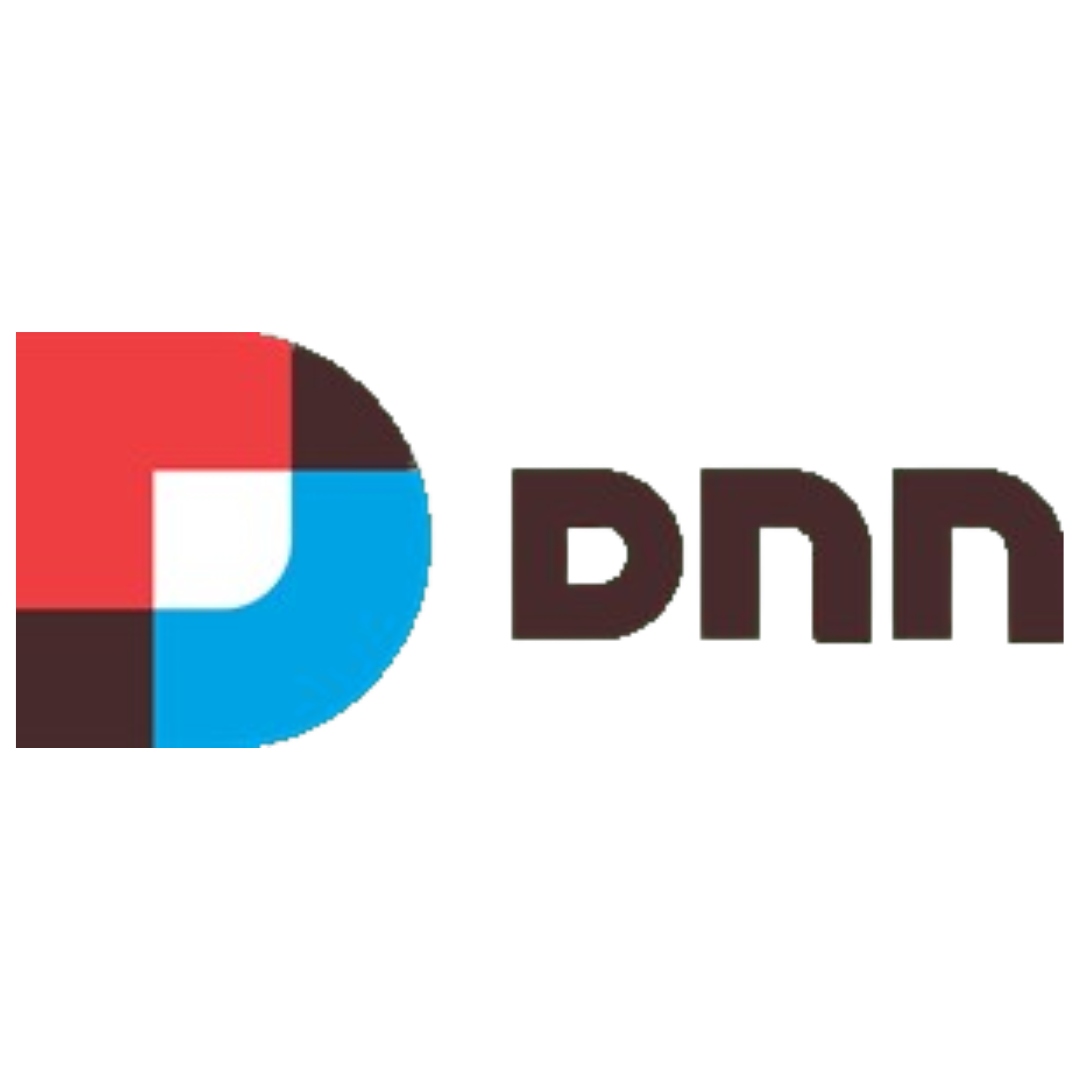

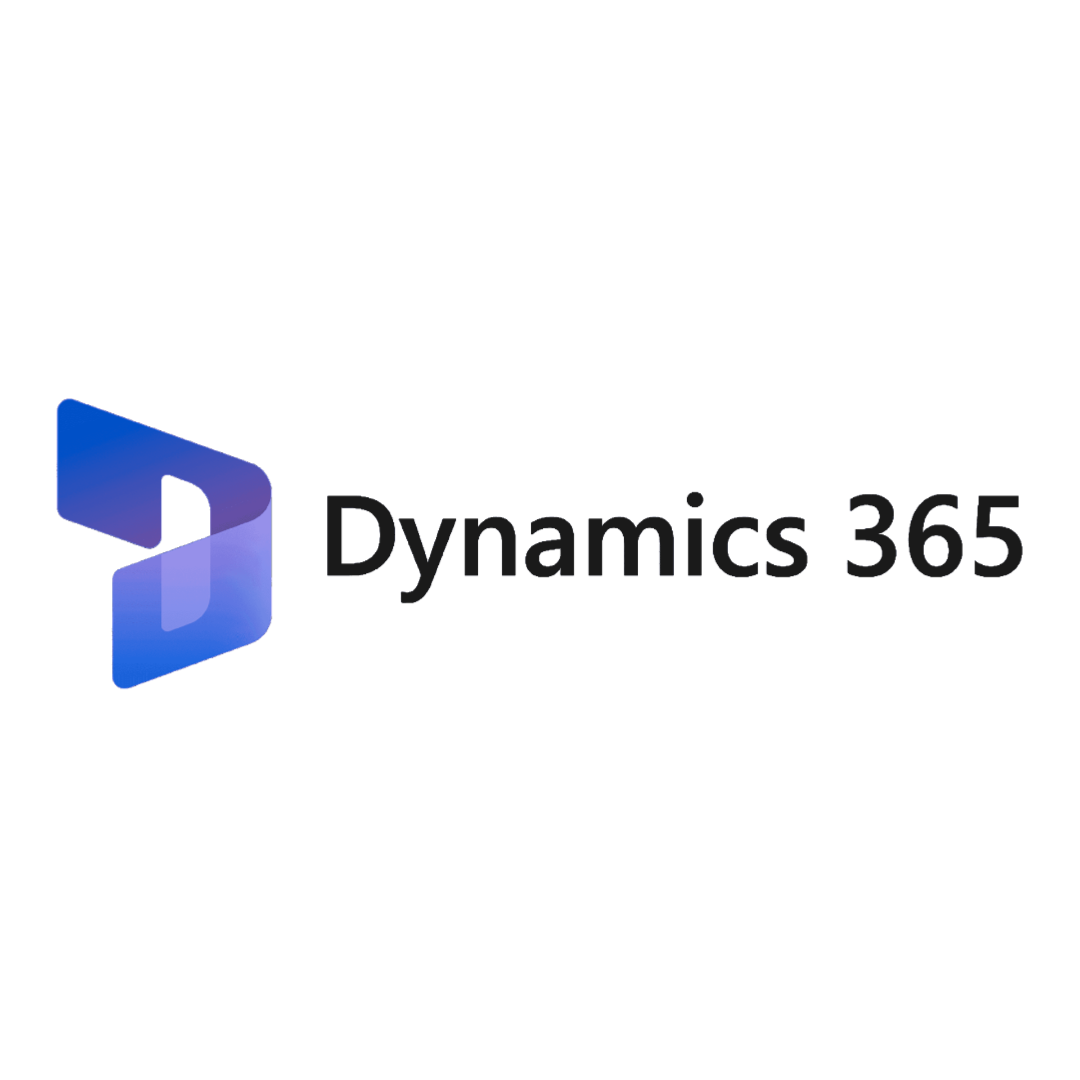




comments for "An Interview with Exavibes Services"
Leave a Reply